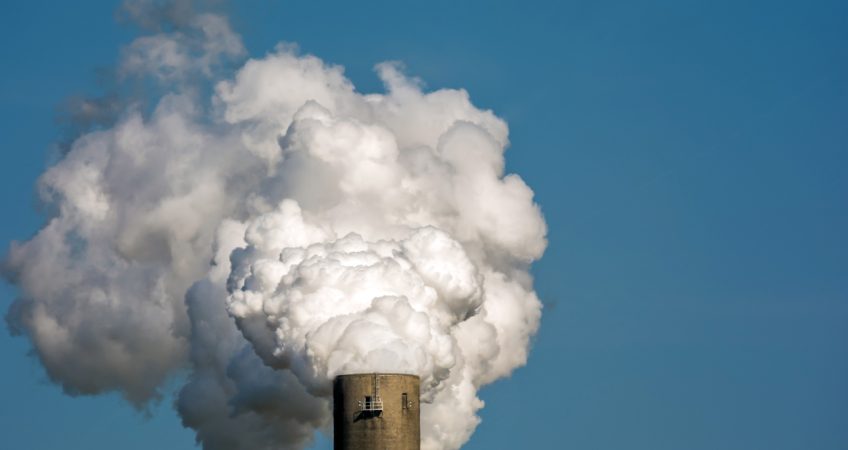Water is life, and Long Island’s pristine waters have always been a source of pride and sustenance for its residents. However, the beauty and health of our waters are under threat from an invisible but potent enemy: nitrogen pollution. To combat this growing issue, Long Island is turning to its most valuable resource—its youth.
The annual Long Island Water Quality STEM Challenge is calling on students in grades 6-12 to join the effort to improve water quality and reduce nitrogen pollution right in their own backyard. In this blog post, we will explore what this exciting STEM competition is all about and why it matters.
The Challenge
The Long Island Water Quality STEM Challenge is a remarkable opportunity for students to make a real difference in their community. The challenge is simple yet powerful: teams of middle and high school students are invited to create projects aimed at improving water quality on Long Island and reducing nitrogen pollution on school grounds. The competition encourages young minds to think critically, innovate, and work together to address one of the most pressing environmental issues facing our region.
Why Nitrogen Pollution Matters
Nitrogen pollution might not be a topic that gets headlines, but its effects are far-reaching and profound. On Long Island, nitrogen pollution primarily enters our waters through stormwater runoff on school properties. Excess nitrogen can lead to harmful algal blooms, which have devastating consequences for the local ecosystem. These blooms can disrupt aquatic life, harm other animals, degrade wetlands and marine habitats, and even contaminate our drinking water.
By participating in the Long Island Water Quality STEM Challenge, students have the opportunity to tackle this issue head-on, contributing to a healthier, more sustainable future for Long Island.
The Driving Force: The Long Island Nitrogen Action Plan (LINAP)
Behind this impactful initiative stands the Long Island Nitrogen Action Plan (LINAP), a multi-year effort aimed at reducing the amount of nitrogen entering Long Island’s ground and surface waters. LINAP is overseen by the Long Island Regional Planning Council (LIRPC), the New York State Department of Environmental Conservation (DEC), and Nassau and Suffolk counties. Their dedication to preserving our natural resources is an inspiration, and they are counting on the innovative solutions that our young scientists will bring to the table.
Incentives for Participation
The Long Island Water Quality STEM Challenge doesn’t just offer the satisfaction of making a difference; it also provides incentives for students and teams to excel in their projects. Optional grants will be awarded to the top proposals, offering financial support for further exploration and implementation of winning ideas. Additionally, Certificates of Recognition and Participation will be issued to all participants, acknowledging their commitment to safeguarding Long Island’s water quality.
How to Get Involved
If you’re a student on Long Island or know someone who is, and you’re passionate about the environment and STEM, this is your chance to shine! The first step is to submit a Letter of Interest by November 13, 2023, expressing your intent to participate. All the necessary information, including the Request for Expressions of Interest and Frequently Asked Questions, can be found on the LIRPC website at lirpc.org. For any inquiries or assistance, you can also email [email protected].
The Long Island Water Quality STEM Challenge is a call to action for young scientists and environmental enthusiasts to step up and take ownership of Long Island’s water quality. By participating in this competition, students have the opportunity to not only gain valuable STEM skills but also make a meaningful impact on their community and environment. Let’s empower the next generation of environmental stewards and work together to combat nitrogen pollution and preserve the natural beauty of Long Island for generations to come.

